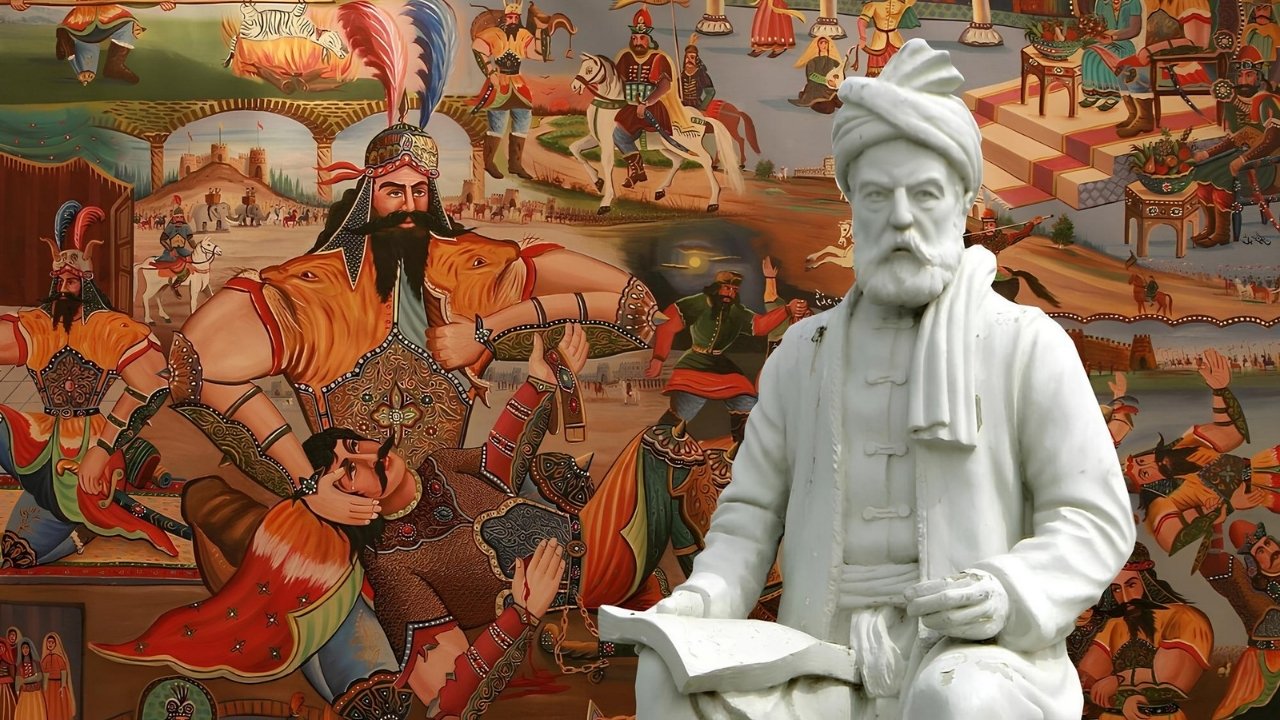
Persian Studies is a fascinating field that delves into the rich history, culture, and language of Iran and the Persian-speaking world. But what makes Persian Studies so intriguing? For starters, it offers a window into one of the world's oldest civilizations, with contributions to art, literature, science, and philosophy. Students and enthusiasts alike can explore ancient texts, poetry, and modern-day cultural practices. From the epic tales of the Shahnameh to the intricate designs of Persian carpets, there's always something new to learn. Whether you're a history buff, a language lover, or just curious about different cultures, Persian Studies has something for everyone.
What is Persian Studies?
Persian Studies is an academic field focusing on the language, literature, history, and culture of Persia, primarily modern-day Iran. This field offers a deep dive into one of the world's oldest civilizations.
- Persian, also known as Farsi, is the official language of Iran, Afghanistan (Dari), and Tajikistan (Tajik).
- The Persian Empire, founded by Cyrus the Great in 550 BCE, was one of the largest empires in history.
- Persian literature includes famous works like the "Shahnameh" (Book of Kings) by Ferdowsi, an epic poem written over 1,000 years ago.
- Rumi, one of the most famous poets globally, wrote in Persian. His works have been translated into many languages.
- Persian architecture is renowned for its intricate tile work, grand mosques, and palaces, such as the Persepolis ruins.
Historical Significance of Persian Studies
Understanding Persian history provides insights into the development of human civilization, trade, and cultural exchange.
- The Silk Road, an ancient trade route, passed through Persia, facilitating cultural and economic exchanges between East and West.
- Zoroastrianism, one of the world's oldest monotheistic religions, originated in Persia around 3500 years ago.
- The Persian Empire was known for its tolerance of different cultures and religions, which helped it maintain control over a vast territory.
- The Achaemenid Empire introduced the concept of human rights with the Cyrus Cylinder, considered the first charter of human rights.
- Persian scholars made significant contributions to science, mathematics, and medicine during the Islamic Golden Age.
Persian Language and Literature
The Persian language has a rich literary tradition that has influenced many other cultures and languages.
- Persian is an Indo-European language, related to English, French, and German.
- The Persian script is written from right to left and has 32 letters.
- "Rubaiyat of Omar Khayyam," a collection of quatrains, is one of the most famous works of Persian poetry.
- Persian literature often features themes of love, mysticism, and nature.
- Hafez, another renowned Persian poet, is known for his ghazals, a form of lyrical poetry.
Persian Art and Architecture
Persian art and architecture are celebrated for their beauty, complexity, and innovation.
- Persian carpets are famous worldwide for their intricate designs and craftsmanship.
- The use of geometric patterns and calligraphy is a hallmark of Persian art.
- Isfahan, a city in Iran, is known for its stunning Islamic architecture, including the Imam Mosque and Sheikh Lotfollah Mosque.
- Persian miniature painting is a traditional art form that illustrates manuscripts and poetry.
- The Persian garden, designed to represent paradise on earth, is a UNESCO World Heritage site.
Modern Persian Studies
Today, Persian Studies continues to evolve, incorporating contemporary issues and global perspectives.
- Persian cinema has gained international acclaim, with directors like Abbas Kiarostami and Asghar Farhadi winning prestigious awards.
- The Persian diaspora has spread Persian culture and language worldwide, particularly in the United States and Europe.
- Modern Persian literature addresses themes such as identity, exile, and social change.
- Persian music, both traditional and contemporary, plays a significant role in Iranian culture.
- Universities worldwide offer Persian Studies programs, reflecting the growing interest in this rich and diverse field.
The Final Word on Persian Studies
Persian studies offer a rich tapestry of history, culture, and language. From ancient Persia's contributions to art and science to modern Iran's vibrant society, there's so much to learn. Understanding Persian literature, like the poetry of Rumi and Hafez, can open new perspectives on life and love. The Persian language itself, with its unique script and melodic sounds, is a gateway to a fascinating world. Whether you're a history buff, a language enthusiast, or just curious, diving into Persian studies can be incredibly rewarding. It connects you to a civilization that has influenced the world for millennia. So, if you're looking to broaden your horizons, Persian studies might just be the perfect path. Happy learning!
Was this page helpful?
Our commitment to delivering trustworthy and engaging content is at the heart of what we do. Each fact on our site is contributed by real users like you, bringing a wealth of diverse insights and information. To ensure the highest standards of accuracy and reliability, our dedicated editors meticulously review each submission. This process guarantees that the facts we share are not only fascinating but also credible. Trust in our commitment to quality and authenticity as you explore and learn with us.
